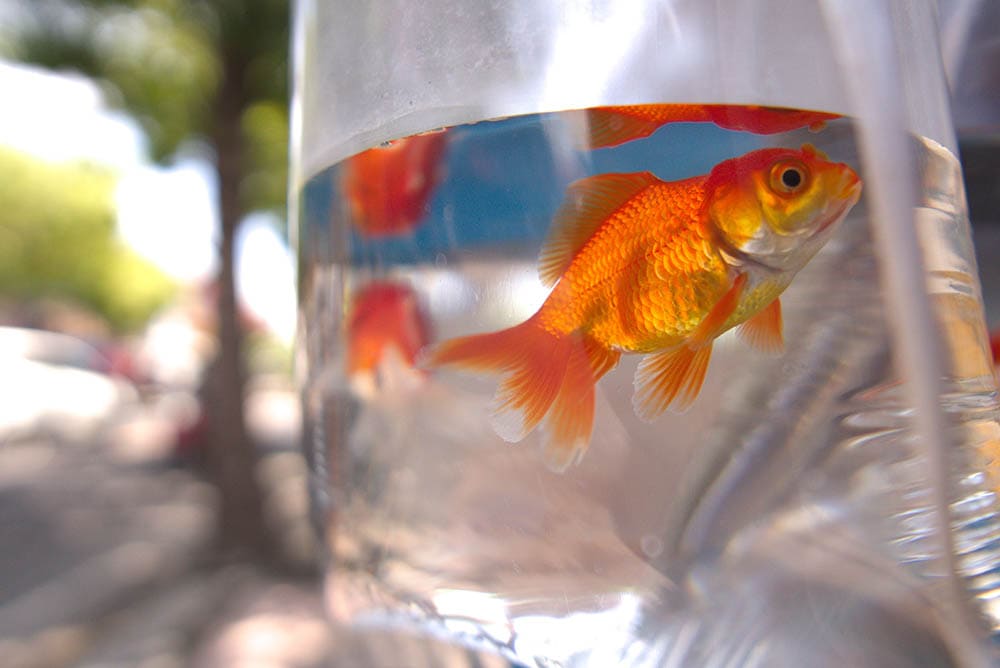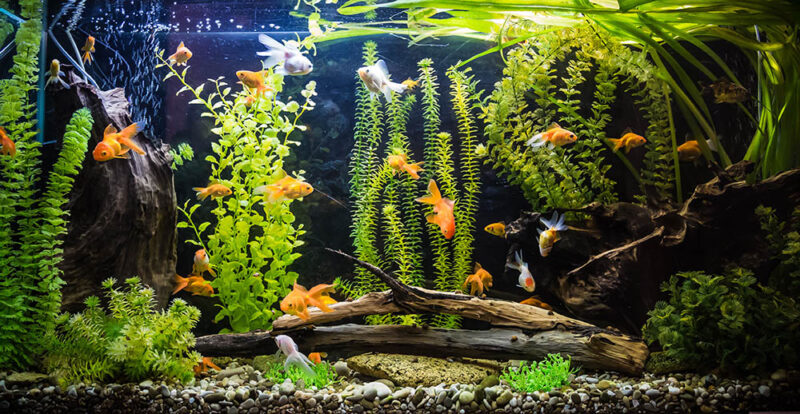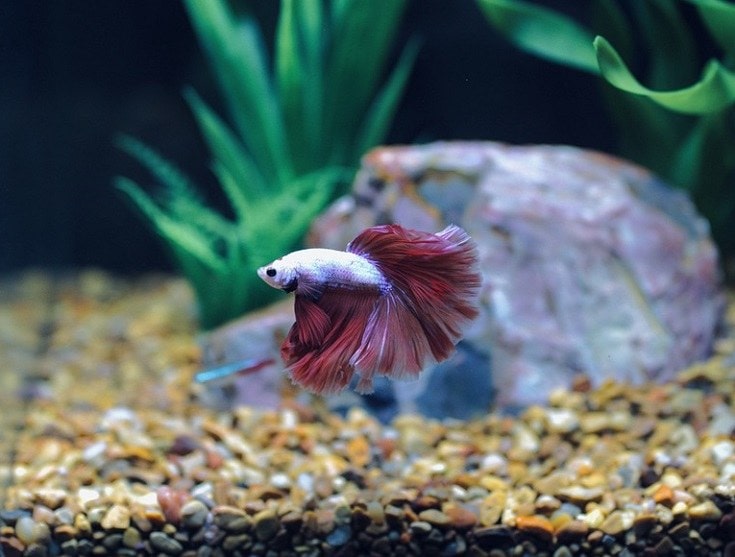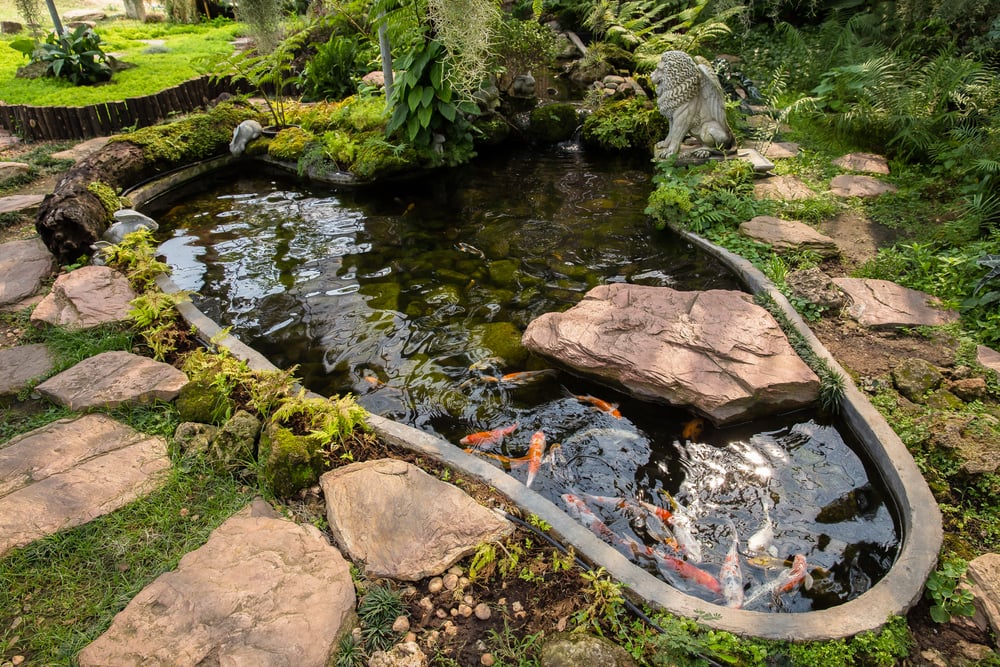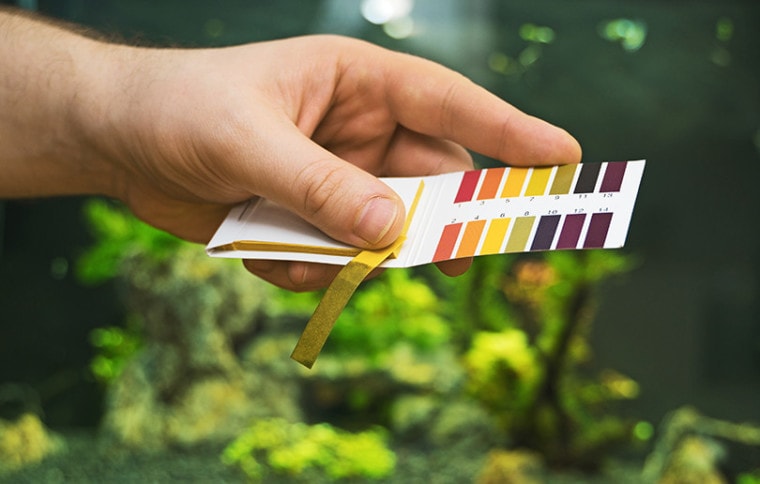
Nitrates are a normal part of aquarium keeping since they are the end product of the nitrogen cycle. The nitrogen cycle is when waste products, like ammonia, are consumed by beneficial bacteria and converted to different forms.
Some nitrate is normal in any tank with a healthy nitrogen cycle, but most people aim to keep their nitrate levels below 20 ppm, while others allow it to go as high as 40 ppm. However, elevated nitrate levels can be detrimental to the health of the fish and invertebrates in your aquarium, so it’s important to keep these levels in check.
Before You Begin
One of the most important aspects of maintaining an aquarium is monitoring your nitrate levels. Liquid test kits are ideal for this because they often provide the most accurate test results. It’s extremely important to thoroughly read the instructions on these test kits and follow the instructions exactly to get accurate test results.
This is especially important with the nitrate test because the active components of the test solution can settle in the bottle, leading to inaccurate test results. This test typically requires a significant amount of shaking of both the bottles and the test tube once the water and test solution have been added, so make sure to thoroughly read the instructions before beginning.
The 7 Tips to Lower Nitrate Levels in Your Aquarium
1. Water Change
The most tried and true method for reducing nitrates in your aquarium is performing water changes. Oftentimes, you’ll need to perform small, frequent water changes to bring down nitrate levels since rapid shifts in nitrate levels can shock and even kill your fish. Aim to perform a 10–30% water change every day until your nitrate levels are where you need them to be. If your nitrate levels are below 20 ppm, a water change is likely unnecessary.
2. Adding Plants
The addition of plants to your aquarium is an easy way to reduce nitrate levels, but it is not a quick fix as it will take the plants some time to absorb the nitrates. Some plants are more effective than others at reducing nitrate levels, so if you’re struggling to keep your nitrate levels under control, carefully select plants that are highly effective nitrate removers. Hornwort, Moneywort, Anubias, Duckweed, and Dwarf Water Lettuce are great plants for reducing nitrates in your tank.
One of the best nitrate reducers is a plant you may have hanging in a pot in your house already. Pothos plants are one of the most popular houseplants, and they are also highly effective at reducing nitrates. These plants will often die if planted underwater, but they can be planted with their roots in the water and the leaves and vines out of the water.
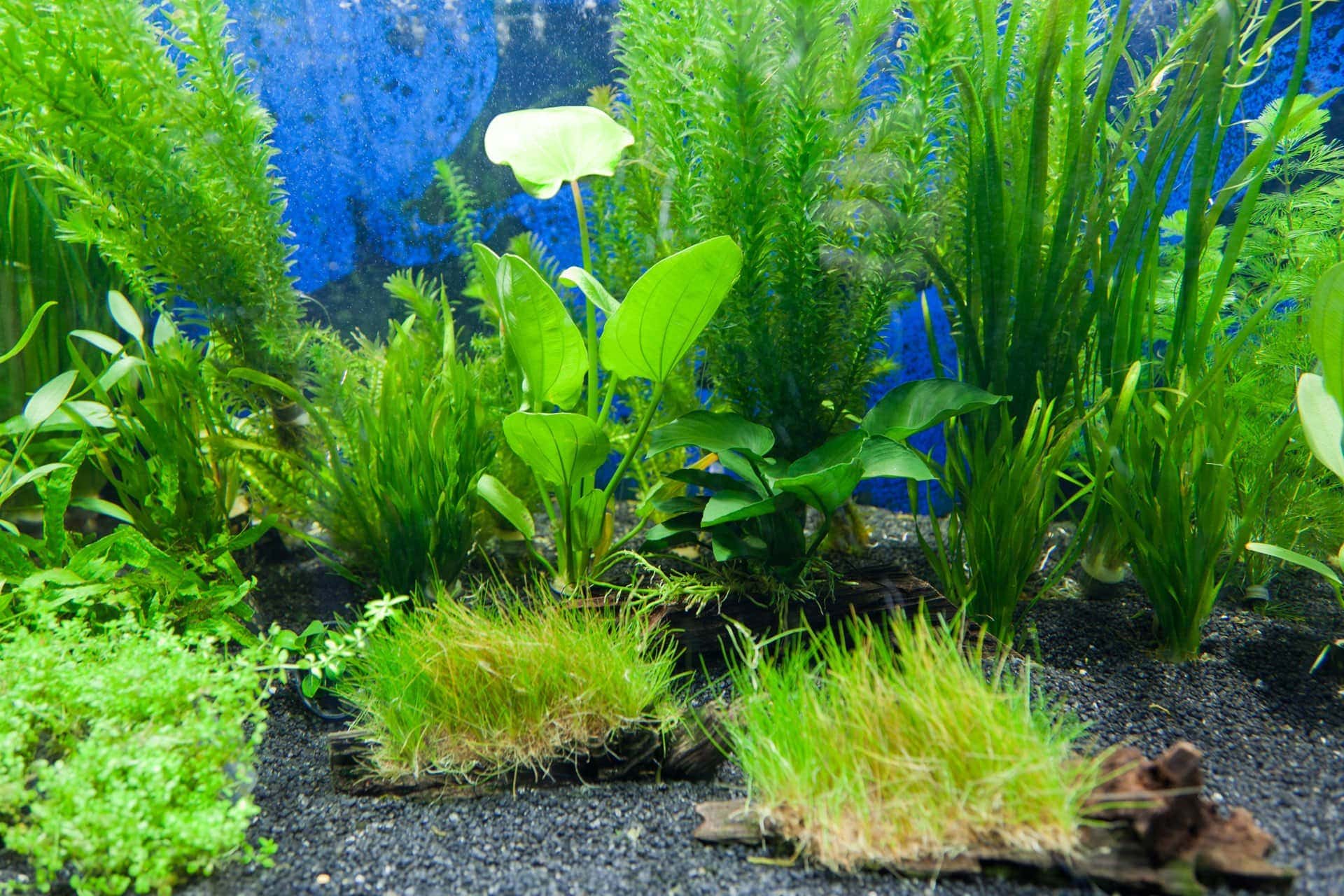
3. Decrease Bioload
The bioload in your tank is determined by the amount of waste produced by your tank’s inhabitants versus the size of your tank and the filtration system. If you have an overstocked tank or a tank that is stocked with heavy bioload producers, like goldfish and plecos, then your tank will have a higher baseline nitrate level than a tank that is not overstocked or that has lower bioload producers, like Tetras and shrimp species.
To decrease the bioload in your tank, you have multiple options. You can remove some of the fish from your tank, which is most effective if your tank is overstocked. You can also invest in a larger tank or a stronger filtration system.
4. Add Nitrate Removing Chemical
Adding chemicals to your tank that impact the water parameters is often the last resort for many people due to the risk of causing rapid shifts in parameters, which can be detrimental to the health of your tank’s inhabitants. This is a good solution if you’re running out of ideas, though. Adding chemicals to your tank that help reduce nitrate levels is a surefire way to reduce your nitrate levels, and this solution can be effective if you’re feeling like nothing else has worked. It’s imperative that you follow all package instructions correctly, though, to prevent rapid shifts in parameters.
It is worth noting that certain filter media contains activated charcoal, which will likely neutralize most chemicals added to an aquarium. Charcoal needs to be removed from an aquarium before attempting to use any chemical for the tank. Chemicals should also be dosed according to the instructions provided by the manufacturer; overdosing might be detrimental for your fish (or a waste of money).
If you’re uncomfortable using water additives to reduce nitrates, you can also try nitrate removing filter media. These filter pads are added right into your filtration system and can help reduce nitrate levels over time, but they may not work as quickly and effectively as chemical additives.
5. Add a Refugium
A refugium is an interesting and fun way to help reduce nitrates in your tank. A refugium is a small, protected area, often outside of the tank itself, that is used to grow seaweeds and macroalgae. They share a filtration system with the tank, so water flows through the refugium, filter, and aquarium.
The seaweeds and macroalgae within the refugium are big fans of nitrate and will help reduce the levels in the water when you harvest the plants and remove them from the refugium. They essentially act as a sponge, absorbing nitrate levels and taking the nitrate with them when removed. A refugium is most often associated with saltwater tanks and isn’t an ideal solution for most freshwater tanks.

6. Use Microbes
While your average biological filtration in your aquarium is unlikely to have a significant impact on your nitrate levels, the addition of specific microbes can be a safe way to reduce nitrate levels. Live cultures are becoming more widely available, and these cultures contain specific bacteria that will help consume nitrate. Having a variety of microbes is ideal to ensure efficacy.
The issue that some people run into with using microbes to reduce nitrates is that some of these microbes may require a food source other than nitrates in the water. Essentially, you’re committing to the care of another living thing in your tank to ensure the microbes stay healthy.
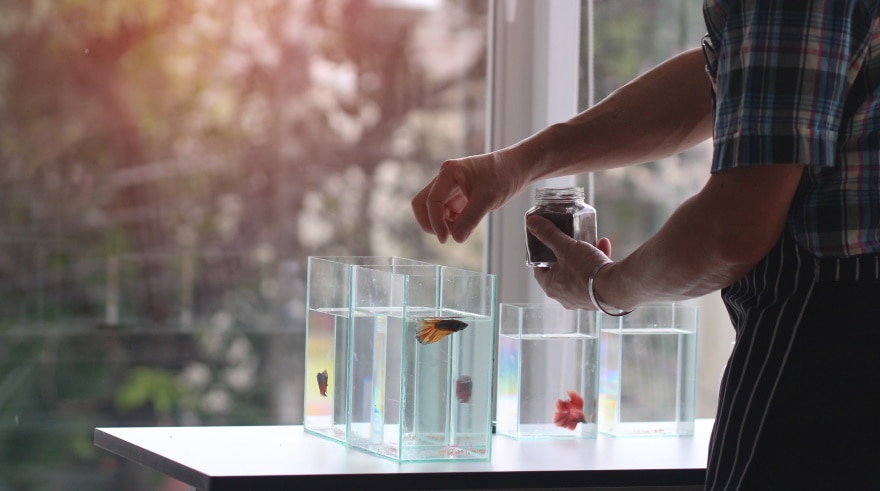
7. Test Your New Water
One of the things that most people overlook when dealing with mysteriously high nitrate levels is to check the new water being added to the tank. This is especially important if you are using tap or well water in your aquarium. Distilled and reverse osmosis (RO) water shouldn’t contain nitrates, but other types of water often have some nitrates at baseline. If your tap water has a baseline nitrate level of 20 ppm, then your tank may end up with elevated nitrate levels over time as you add new water to the tank.
Test the water source you add to your tank to get an idea of the baseline nitrates. If your tap water has high nitrates or slightly elevated nitrates and you’re struggling to get nitrates in your tank under control, then consider switching to distilled or RO water for your aquarium. Make sure to read up on what needs to be added to distilled and RO water to make it safe for your aquarium since these types of water lack minerals.
Summary
Reducing the nitrates in your aquarium doesn’t have to be as intimidating as it may seem, but it does require some time and care on your part. Make sure to make an honest assessment of your aquarium to determine if it’s overstocked, too small, or requires more filtration. Many people underestimate how many fish they have in their tanks, leading to difficulty controlling water parameters. You do have multiple options for reducing your nitrate levels, though!
Related Fish Reads:
- Java Moss: Planting & Growing Care Guide
- Nano Goldfish Keeping: What is It All About?
- Can Goldfish Eat Algae Wafers? The Answer and More!
Featured Image Credit: M-Production, Shutterstock


